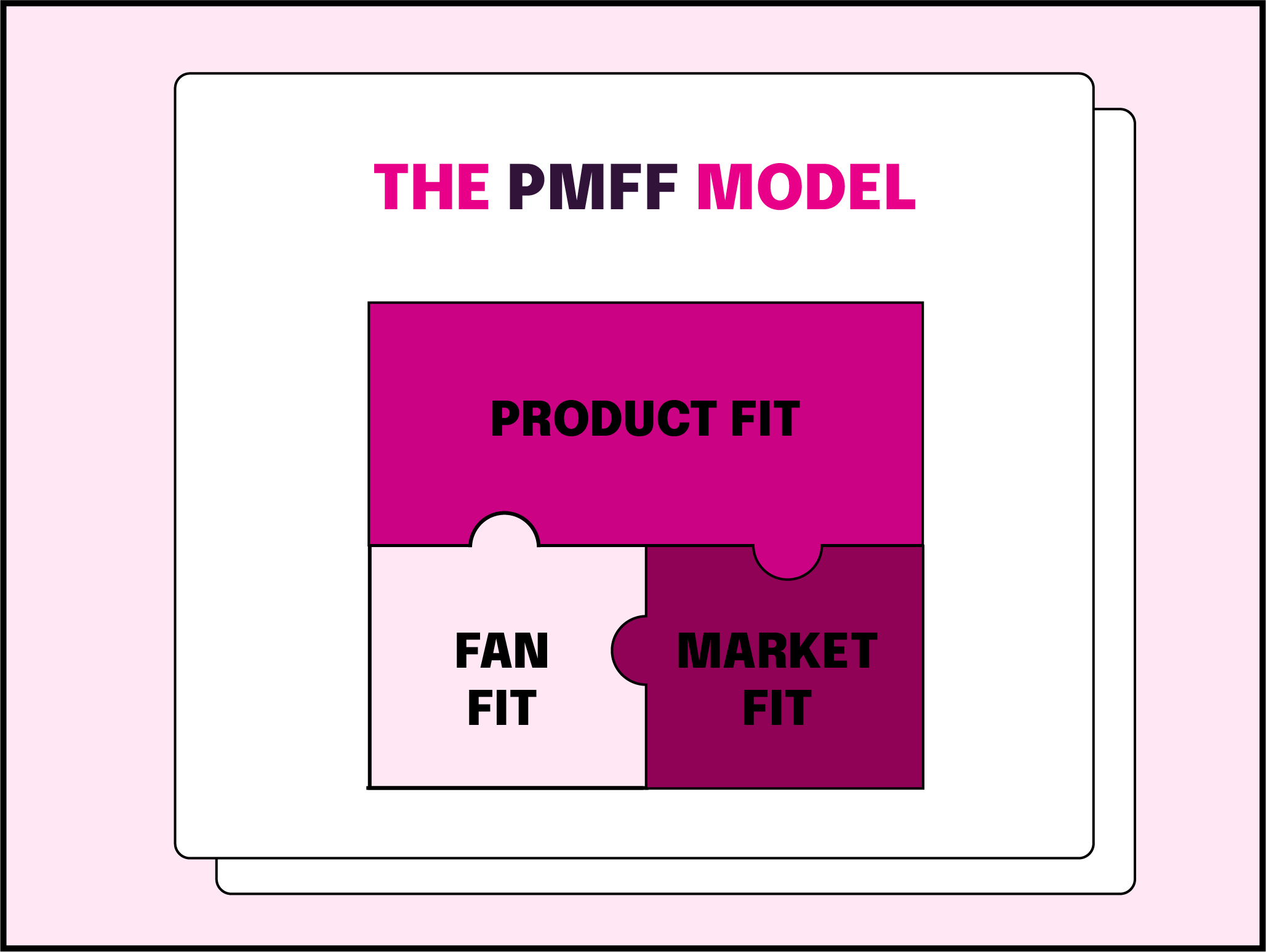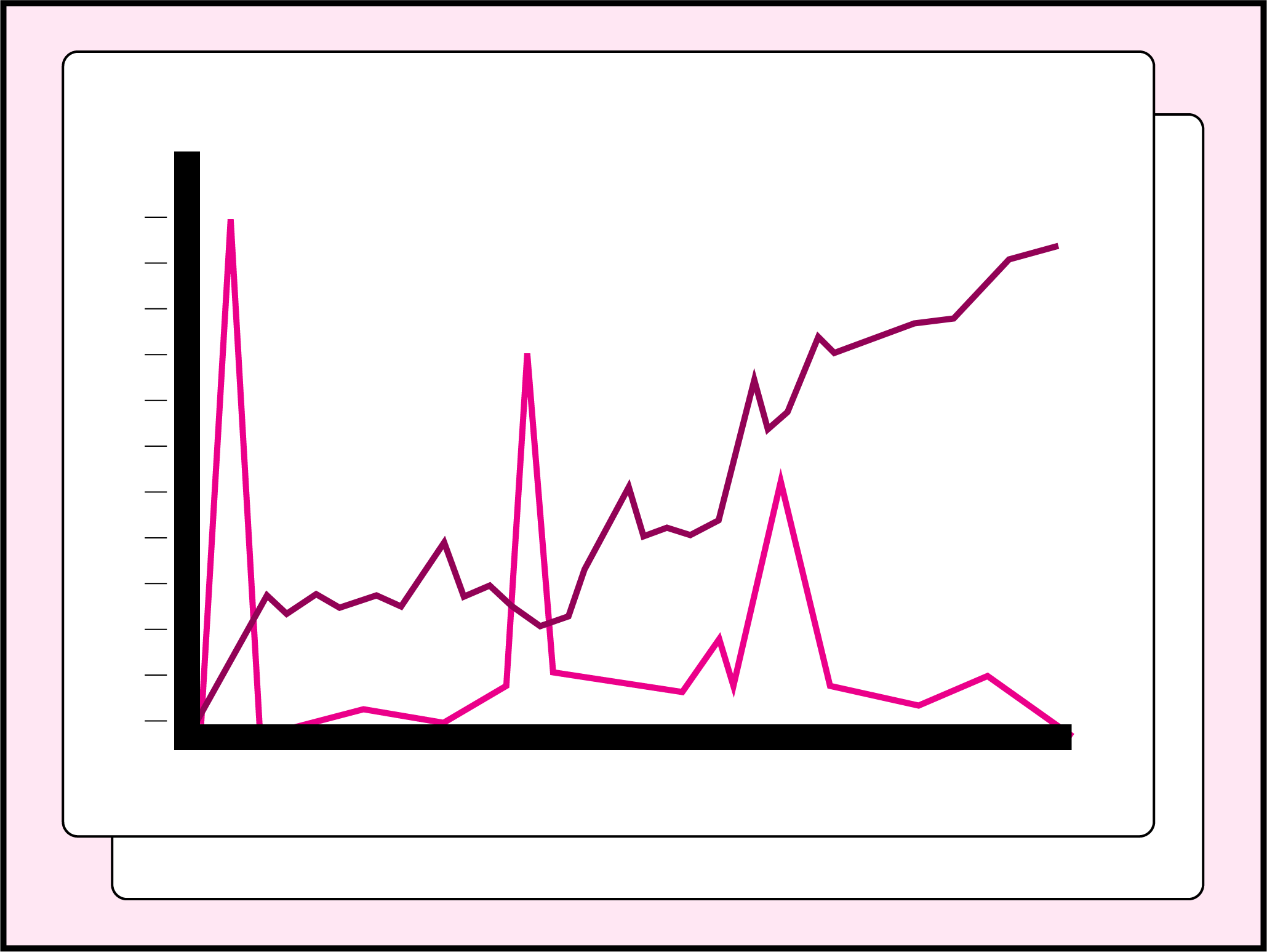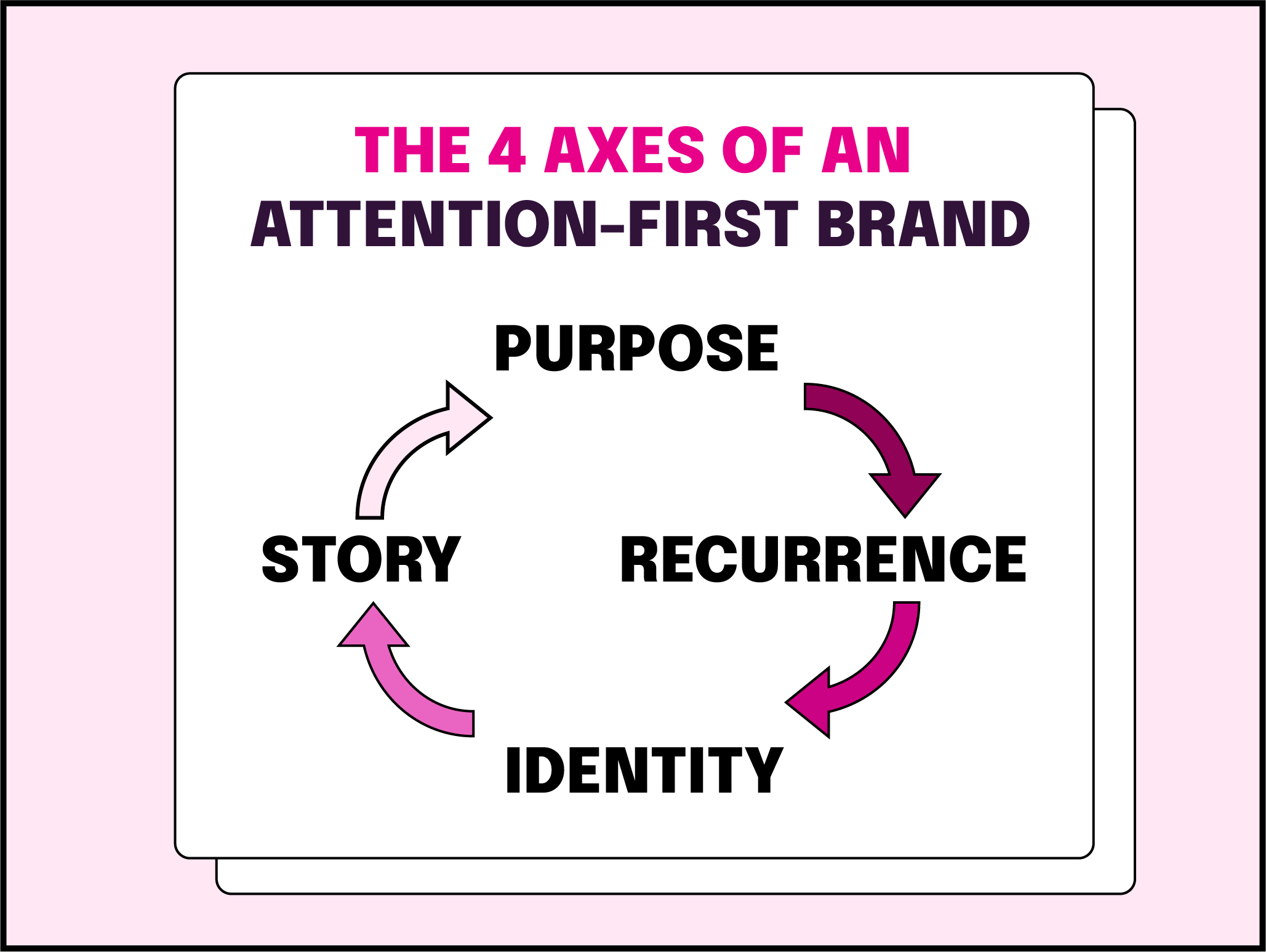From Hype to Habit
Building proper brands, not just merch
Rich Walker - Founder of Attention Alpha
20th October 2025
You’ve seen it before: a creator hits the big time, launches a merch line, a hoodie goes viral, and Instagram Stories explode… for a week.
But by month two, the hype fades, the products sit in backrooms, and the world moves on.
Moral of the story? Hype without habit is just noise.
In the attention economy, what separates a one-week wonder from a sustainable business is the shift from virality to systems, from merch to brand.
The brands that endure are the ones that translate attention into repetition, and repetition into identity.
The Hype Trap
Most attention-first plays start the same way: an explosion. A viral video, an influencer endorsement, a perfectly timed drop.
But hype is energy, not infrastructure. It drives curiosity but rarely builds consistency.
Without embedding business logic — repeat purchase mechanisms, community participation, evolving story arcs — the flame dies out
No doubt you’ve seen it before; a well-known creator sold out 20,000 hoodies in 24 hours. Six months later, no new product, no follow-up, no reason to come back. The attention spike was monumental, but without a repeat loop, the line collapsed.
The challenge isn’t getting attention once. It’s turning that attention into something people keep returning to.
Attention without systems is like electricity without wiring: powerful, but gone in a flash.
The Habit Advantage
Brand that last doesn’t sell hype, it sells ritual - habit-driven brands embed themselves into people’s lives. They become the coffee you drink every morning, the podcast you never skip, the leggings you trust for every workout.
These brands don’t rely on constant promotion. They rely on integration — the sense that using the product is part of who you are.
In an attention economy, with millions of distractions each competing for a share of voice, habit equals resilience: people are more likely to stick around when rivals line up a competing offer.
From Merch to Brand: The Four Axes
So how do we ground this? How do we avoid this short-termism? The attention-first brands that stand the test of time seem to master these four axes:
Purpose & Belonging
Brands that give people a reason to continue showing up have the upper hand. Their message is not “buy my product”, but “join to our movement.”.
The best attention-first brands align around an idea bigger than the product itself — a shared aspiration or philosophy.
Recurrence & Value Loop
It almost goes without saying that products and experiences that invite repetition, also have an inbuilt advantage, The question isn’t “will they buy once?” but “what triggers them to come back?”
Great brands design the loop — through subscription models, habit stacking, creating new or adjacent rituals, or product extensions that fit seamlessly into existing routines.
Identity Reinforcement
When people buy a brand, they’re buying a story about themselves. They’re saying: “I’m the kind of person who…” That emotional reinforcement is what keeps them loyal when new competitors appear.
Story Continuity
Too often I see brands thinking this is a ‘one and done’ deal. Hype dies because it has no follow up. Sustainable brands write their story like a television series — each drop, product, or campaign feels like a new episode in a larger world.
The Product–Market–Fan Fit Model (PMFF)
Even with perfect storytelling, a brand can fail if the product and audience aren’t aligned. That’s why here at Attention Alpha we’ve developed our Product–Market–Fan Fit — an evolution of traditional product-market fit model for the attention economy.
We’ve found that successful attention-first brand aligns three factors:
Product Fit
Does the product actually solve a recurring problem or satisfy a desire?
Market Fit
Are there clearly defined customers with the problem? Is there sufficient scale and category headroom to grow?
Fan Fit
Does the product emotionally align with the audience’s identity and community values?
When assessing brands we score each factor between 1 and 5, and diagnose where brands are strong or have room for improvement. For example:
High Fan Fit but low Product Fit = hype driven merch, rather than habit.
High Product Fit but low Fan Fit = functional and commoditised, not emotional and brand driven.
High across all three = the perfect recipe for long term brand resilience.
The cost of riding the hype train
Brands that fail to evolve beyond hype suffer predictable, measurable outcomes. These are five pitfalls every failed creator brand, viral drop, or flash-in-the-pan play seem to fall into.
Audience Fatigue — The Novelty Wears Off
Attention spikes are addictive. But every spike creates a higher expectation for the next one. Once the novelty curve flattens, engagement collapses and so do any sales.
A viral launch that generated 10M impressions this quarter might only get 300k next time, even with the same quality content. It’s not that the audience stopped liking you — it’s that you trained them to chase moments, not meaning.
Weak Unit Economics — One-Time Sales, No Repeat Customers
Hype-driven brands often look successful on launch day. Sell-outs. Waiting lists. Screenshots of “sold out in 4 minutes.” But the reality suggests more fragile economics:
High customer acquisition costs, which spike with each campaign.
No predictable lifetime value (LTV) because customers don’t return. They’ve got their hoodie now, why do they need to come back?
Revenue depends on the next big thing.
If your business resets to zero every quarter, you don’t have a brand — you have a series of expensive marketing experiments.
Real brands are built on repeat behaviour. If hype gets you the first sale, habit gets you the second, third… and that’s where profit lives.
Founder Dependency — When the Person Is the Product
If the founder becomes the entire sales engine, you don’t have a brand, you have a cult. A dangerous pattern in the attention economy:
When everything — awareness, trust, and storytelling — runs through one person, the business can’t scale beyond them. If they burn out, take a break, or pivot their content, any revenue could vanish overnight.
The strongest attention-first brands gradually detach personality from performance. The creator becomes a storyteller, not the sole distribution channel. The brand builds its own gravity and people buy because they believe in the product or community, not just the person behind it.
4. Low Moat — Competitors Copy You Overnight
In the age of drops and micro-manufacturing, let’s face it anyone can clone your model. Factories replicate your product in days. Competitors mimic your aesthetic, pricing, even tone of voice.
If your moat is novelty, you have no moat. If your moat is community, ritual, and identity, you have something nobody else can replicate.
Attention becomes defensible when it’s earned repeatedly — when it’s built into customer behaviour and belonging, not just campaign virality.
5. The Eternal Reset — Starting From Zero, Every Time
This is the final — and fatal — cost of staying in hype. Without systems that capture and compound attention, every campaign feels like a re-launch. New video, new drop, new product — but the same exhausting question: “Will this one work?”
It’s the marketing equivalent of living paycheck to paycheck. Building a products and services aligned with habits changes the equation.




